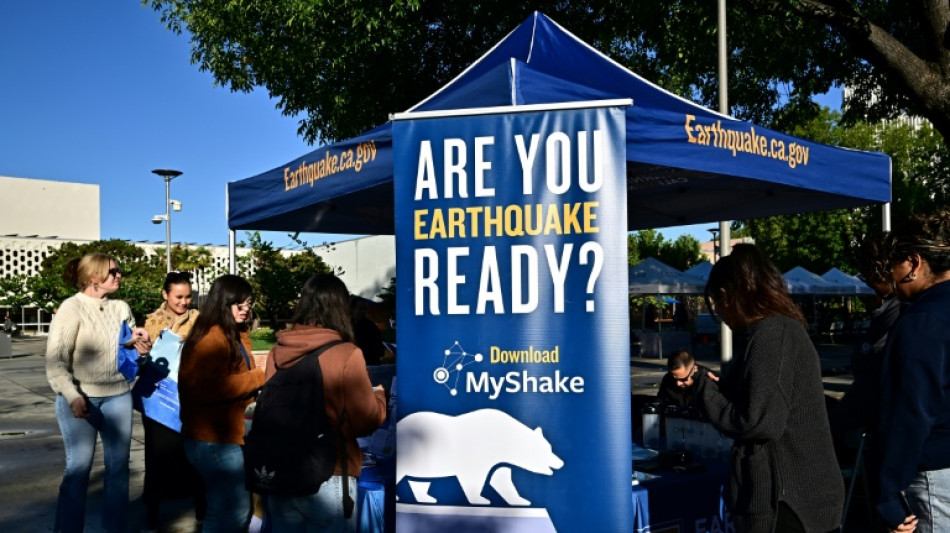
-
 Record high 60 million viewers for Women's World Cup
Record high 60 million viewers for Women's World Cup
-
After two years of uncertainty, Israeli parents bury hostage son

-
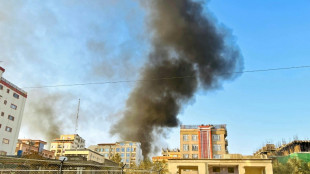 Afghanistan-Pakistan ceasefire holds after deadly border clashes
Afghanistan-Pakistan ceasefire holds after deadly border clashes
-
Former boxing world champion Hatton found hanged at home, inquest told

-
 Police say Cambodia will deport 59 South Koreans linked to scam centres
Police say Cambodia will deport 59 South Koreans linked to scam centres
-
McIlroy dumps driver on India debut, Lowry leads after dog interruption

-
 Sinner unsure of participation in Davis Cup final eight
Sinner unsure of participation in Davis Cup final eight
-
Chaos as security forces fire on mourners for Kenyan politician Odinga
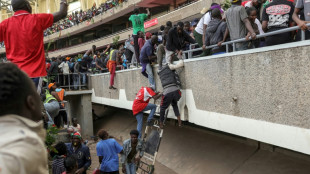
-
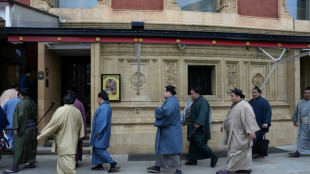 Sumo stars make giant splash in London
Sumo stars make giant splash in London
-
Pope slams 'collective failure' of world hunger affecting millions

-
 Putin says Russia a top oil producer, despite 'unfair' pressure
Putin says Russia a top oil producer, despite 'unfair' pressure
-
Greece lawmakers back plan to allow 13-hour workday
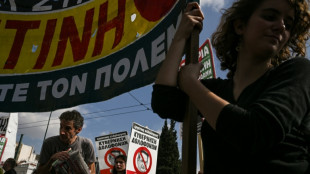
-
 Lives at risk of 'exhausted' French couple held by Iran: families
Lives at risk of 'exhausted' French couple held by Iran: families
-
Stocks fluctuate as traders weigh China-US row, tech earnings

-
 French PM survives two confidence votes days after reappointment
French PM survives two confidence votes days after reappointment
-
McIlroy lets 'big dog' sleep to shoot three-under on Delhi debut

-
 Impeached president confirms he fled Madagascar as new leader claims 'not a coup'
Impeached president confirms he fled Madagascar as new leader claims 'not a coup'
-
Pope slams millions facing hunger worldwide as 'collective failure'

-
 Nestle to cut 16,000 jobs worldwide
Nestle to cut 16,000 jobs worldwide
-
Prince Andrew accuser says he acted as if sex with her was 'birthright': memoir

-
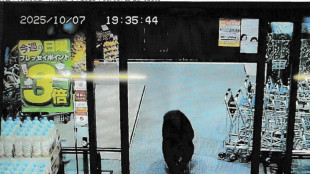 Fatal bear attacks in Japan hit record number
Fatal bear attacks in Japan hit record number
-
One of world's oldest dinosaurs discovered in Argentina
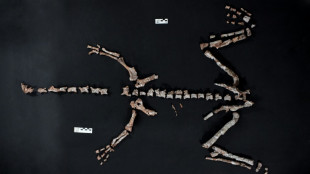
-
 Kanchha Sherpa: Last link to Everest's first summit
Kanchha Sherpa: Last link to Everest's first summit
-
Markets mixed as traders weigh China-US row, rate cut hopes

-
 Kluivert out as coach after Indonesia fail to reach World Cup
Kluivert out as coach after Indonesia fail to reach World Cup
-
Last member of the first successful Everest expedition dies
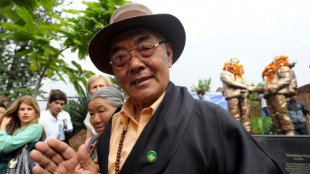
-
 Markets mostly rise as traders weigh China-US row, rate cut hopes
Markets mostly rise as traders weigh China-US row, rate cut hopes
-
Impeached president confirms he fled Madagascar at the weekend

-
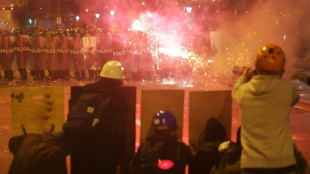 One dead, dozens injured in Peru anti-crime protests
One dead, dozens injured in Peru anti-crime protests
-
Shake truck helps Californians prepare for massive quake
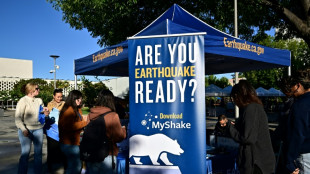
-
 Nepal ask FIFA to overturn Malaysia defeat because of player bans
Nepal ask FIFA to overturn Malaysia defeat because of player bans
-
Fatal bear attacks hit new record in Japan
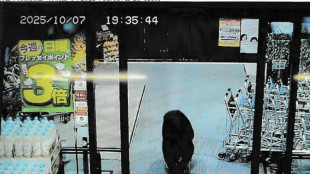
-
 Labuschagne slams another big century to send Ashes message
Labuschagne slams another big century to send Ashes message
-
Don't let the party stop: Berlin's fight against 'club death'

-
 Madagascar's protests fan anger against colonial France
Madagascar's protests fan anger against colonial France
-
YouTube users trip over fake AI tributes to Charlie Kirk

-
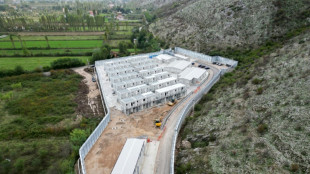 One year on, Italian migrant camps in Albania near-empty
One year on, Italian migrant camps in Albania near-empty
-
AI boom delivers record net profit for Taiwan's TSMC
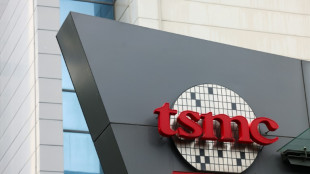
-
 Nestle says to cut 16,000 jobs worldwide over next two years
Nestle says to cut 16,000 jobs worldwide over next two years
-
Rugby Championship shelved next year, back for 2027 in new calendar

-
 Indonesia, Kluivert part ways after World Cup dream ends
Indonesia, Kluivert part ways after World Cup dream ends
-
Ceasefire halts deadly Afghanistan-Pakistan fighting
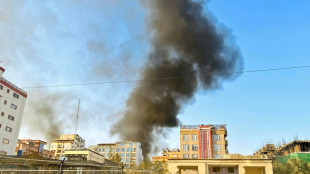
-
 Rare woman yakuza on path to redemption in Japan
Rare woman yakuza on path to redemption in Japan
-
Ambitious new Monaco coach Pocognoli looking to make Van Gaal-style 'impact'

-
 Bloom-backed Hearts out to shatter Scottish football's 'glass ceiling'
Bloom-backed Hearts out to shatter Scottish football's 'glass ceiling'
-
India's pollution refugees fleeing Delhi's toxic air
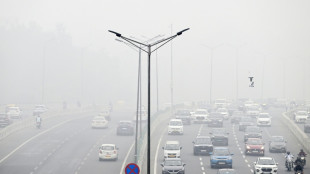
-
 Blue Jays bats come alive in 13-4 MLB playoff victory over Mariners
Blue Jays bats come alive in 13-4 MLB playoff victory over Mariners
-
Asia stocks rise as traders weigh China-US row, rate cut hopes

-
 Skating stars Malinin, Sakamoto begin quest for Olympic gold in France
Skating stars Malinin, Sakamoto begin quest for Olympic gold in France
-
Uruguay legalizes euthanasia
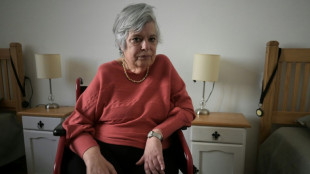

Shake truck helps Californians prepare for massive quake
Randy Baxter holds on for dear life as a simulator shows him just how powerful a magnitude 7 earthquake can be.
"It was much stronger than I thought," the 62-year-old academic tells AFP as he steps out of the machine on the campus of the University of California, Fullerton.
Once a year, this specially designed trailer goes on a week-long tour to educate Californians about what to do when the earth begins to move in one of the most seismically active parts of the world.
The state lives with the constant knowledge that it could be struck at any minute by "The Big One" -- a powerful quake projected to kill 1,800 people, injure 53,000 and cause $200 billion of damage.
There are more than 500 active faults in California, which together generate thousands of tremors every year.
The majority are small -- barely noticed by the 40 million people who live here.
But others can be big enough to cause real damage, and California's Office of Emergency Services (CAL OES) wants people to know what to do.
"When you do feel that shaking, we want everybody to drop, cover and hold on," says Jon Gudel of CAL OES.
"It's exactly what it sounds like: you try to find something sturdy, preferably a table, drop underneath it, cover your head and neck area, and then hold on to that table until the shaking ends."
- Disaster guaranteed -
The walls of the quake simulator are covered with photos showing the aftermaths of some of the worst geological disasters to hit California.
They include the Great San Francisco earthquake, which destroyed 80 percent of the city in 1906, and the Northridge earthquake in 1994, which killed 72 people around Los Angeles, pancaking elevated highways.
Andrea Okoh, who lives along the San Andreas Fault, a scar stretching 800 miles (1,300 kilometers) across the state, admits to being "extremely worried."
The 36-year-old human resources director has bolted her furniture to the wall since an earthquake woke her in the middle of the night in January.
"Since I was a child, we've had earthquakes, but lately, when we have them, they're more intense and they're closer together," she says. "That is scary."
Geologist Ashleigh Kuiroz says an apparent recent rash of quakes is not an indicator that The Big One is imminent.
But in some ways, they are helpful.
"They are a great reminder to maybe think about getting an earthquake kit ready for your house," she says.
"Make sure that you have pet food, make sure you have the medication that you need, first aid supplies, things like that."
Organizers also recommend that residents and tourists install the "MyShake" app, which can give a vital few seconds warning of a tremor.
Despite decades of study and a global array of sensors, seismologists say it's impossible to predict when a destructive quake will strike.
But the one thing they can say with absolute certainty is that it will definitely happen.
"It's not a matter of 'if' but 'when'," says Gudel. "That's why it's important to be prepared."
K.Hassan--SF-PST



